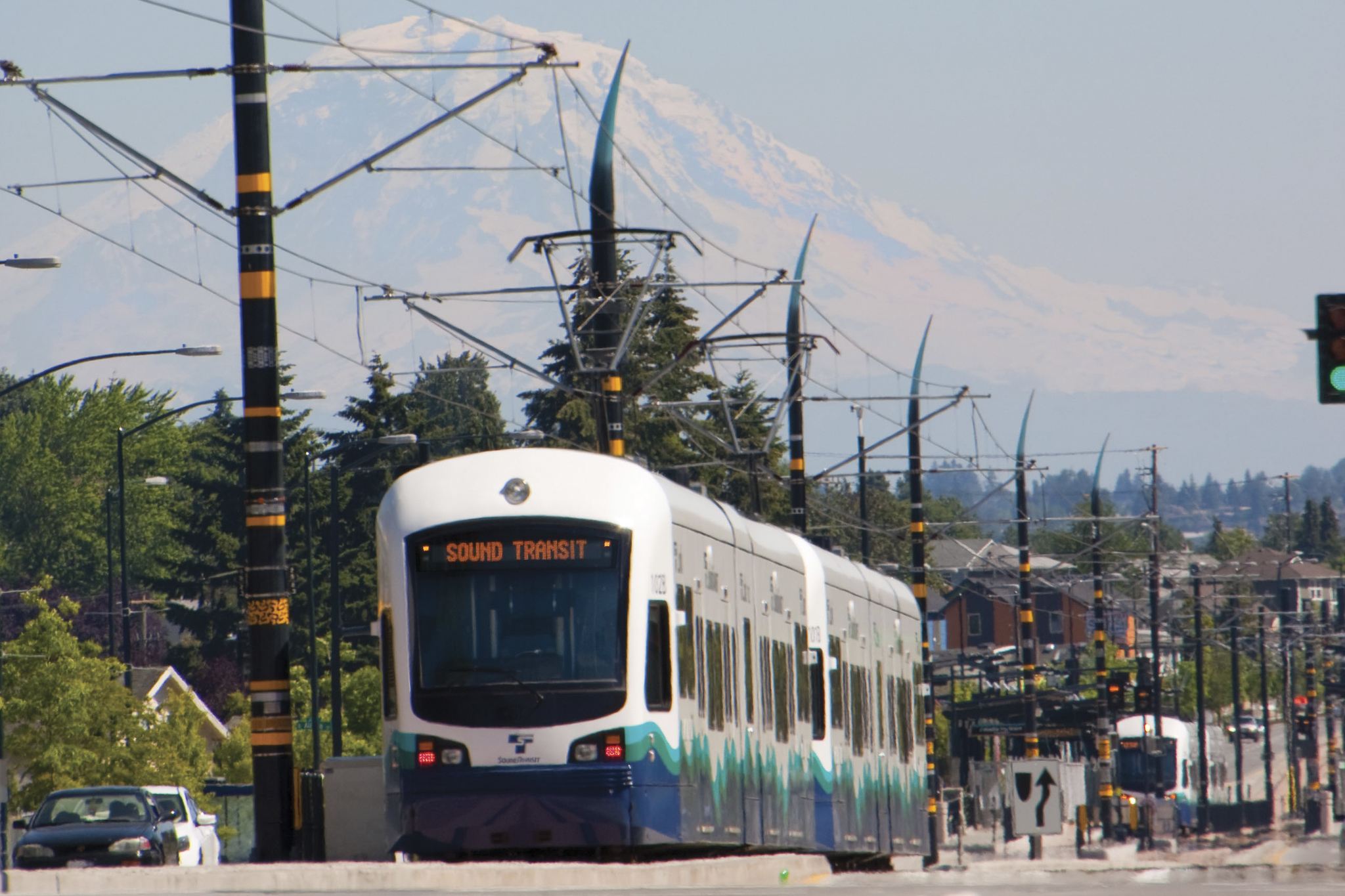LIKE TENS OF THOUSANDS of people around here who rent storage lockers, Raymond Higgs thought his earthly goods were safe. After all, the Des Moines storage yard where Higgs, a boatbuilder, rented a cubicle had an electronic gate and video cameras for security. He says the manager approved the Master lock he brought to secure it.
He only discovered his locker had been “cleaned out” when checks he’d left in it started clearing his bank. “They took the goddamn file cabinet the checks were in,” he laments. “They took my birth certificate, my baptismal certificate, my Social Security card”—and thousands of dollars’ worth of irreplaceable woodworking tools.
Higgs hollered to management and police, to no avail. He’d signed the usual waiver of liability, and the cops could only give their usual advice: Get a better lock. But the thieves also cleaned out other lockers, including the one next door, whose tenant had bought the heavy-duty lock offered by management; they simply cut the latch. They also stole some of the security video cameras.
Higgs discovered he had plenty of company—as a self-storage customer and victim. Not long ago, storage facilities were cheap, temporary affairs thrown up on the outskirts and in industrial areas. “It all started as a way for people to pay taxes on property while they waited to build apartments on it,” says Dean Nichols, president of the Washington Self-Storage Association. But this once-marginal business has boomed and, like much else, it’s gone upscale; in order to fit its vintage Capitol Hill environs, the Seattle-based chain Shurgard has built a storage facility on 12th Avenue that looks like an apartment building.
Nichols figures King County may have 40,000 self-storage units. It used to be, Nichols says, that folks in special straits—divorce, loss of housing, sudden moves, long absences—rented lockers. “Now there’s a whole new category of customer: too much stuff.” Thus do two trends converge: Consumer goods get ever cheaper in real terms, while housing gets ever pricier (even as builders skimp on storage space). And so the business has gone from basic 25-square-foot, $35-a-month cubicles to personal warehouses as big as some studio apartments.
In some areas, this boom has brought another, criminal one: large-scale theft from self-storage facilities. Seattle police say a number of lockers in the North End got cleaned out last fall, apparently by one determined thief. But the biggest and most persistent epidemic of self-storage burglary has been in Burien, SeaTac, and other high-transience areas to the south—where, as Ray Higgs notes bitterly, “everything is neatly boxed for moving, gift-wrapped for thieves.”
Dawud Muhammad, the King County police officer who answered Higgs’ call, and whose SeaTac beat lies in the self-storage heartland, says such theft is common, costly, and uniquely hard to trace: “The majority of times, we can’t even find out when it occurred, because most folks don’t check their lockers for months.” Furthermore, “most of the locks they use are really flimsy.” Dean Nichols says some trusting customers use lightweight locks off suitcases.
Worse yet, most thefts are inside jobs, because every customer has the entry code for the electronic gate—if the place even has one. Some facilities have added perimeter alarm beams. But these can’t stop what Steve Sperry, head of an anticrime trade group called STOR’NET, describes as the typical caper: Thieves (usually “meth users”) “rent a small unit for $35, come in at night with a U-Haul, cut the locks, and haul off $30,000 or $40,000 worth of stuff. They can come back repeatedly to a large unit”—while its snowbird renter basks in Palm Springs.
Eventually, when enough customers find they’ve been hit, storage operators and police can puzzle out when the pilfering occurred. Then, by checking the electronic gate log (and checking against thefts in other facilities), they can guess who the culprits were—or said they were. The problem, says Sperry: “These guys typically use false IDs. I’ve also heard of them cornering people who look destitute coming out of the facilities and saying, ‘Hey, I’ll buy your gate code for $100.'”
“There’s no way the manager knows what this clientele is up to,” affirms Officer Muhammad. Nevertheless, storage firms have added measures to both trace and discourage thieves. STOR’NET members swap leads and warnings. Some facilities have begun taking customers’ thumbprints. Shurgard has even put video cameras in some of its offices, filming every customer.
But like the cops say, the best defense appears to be a good lock (plus hiding any valuables behind the mattresses). And the best lock is a disk, a.k.a. a cylinder model, set in the door, with no exposed shaft or hasp to cut. “We only use disk locks now,” says Shurgard spokesman John Steckler. “As far as I know, we haven’t had any theft since [installing them].” Shurgard has even begun renting “containerized storage”—8-foot safety-deposit boxes that are brought out only for the renter’s use, then are packed away with no general access. Imagine tomorrow’s compact urban living: We’ll pack our goods off and sleep in Tokyo-hotel-style tubes.
In the meantime, there’s another way to deal with excess stuff: Leave it out on the sidewalk, and you won’t have to wonder about whether it will get taken.







